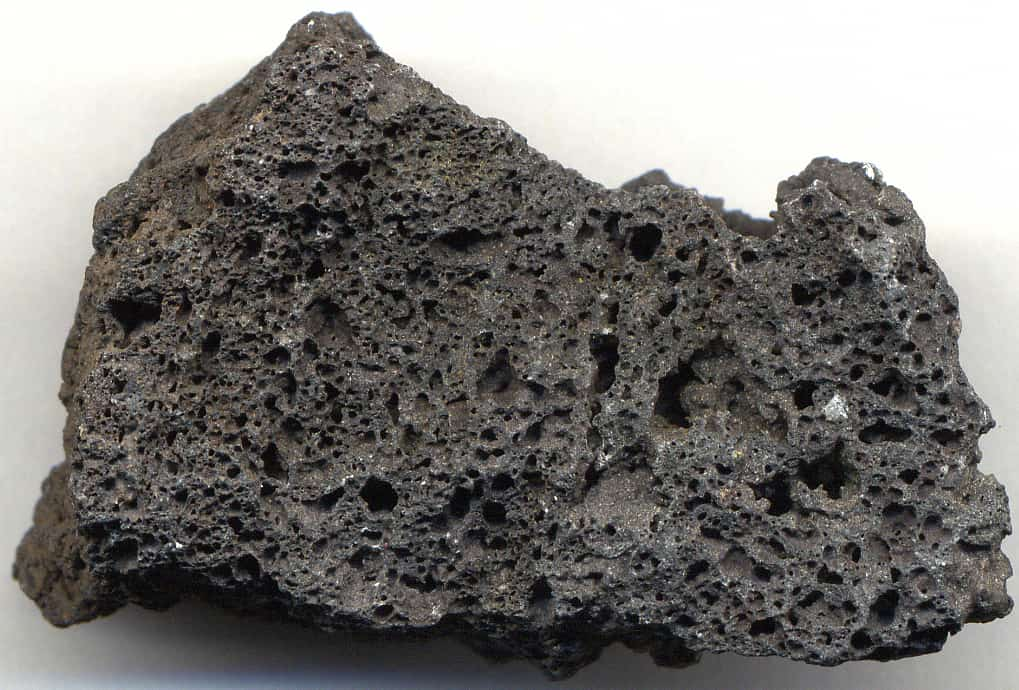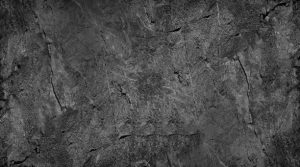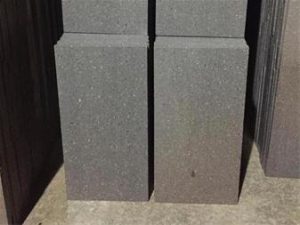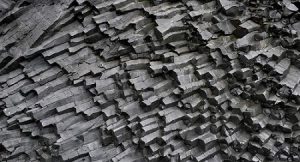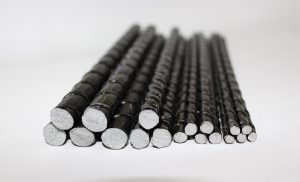Basalt stone is one of the most used stones in historical buildings. In the following, I will mention some of the uses of this stone in historical buildings:
• Internal structures of buildings:
This stone is used in the internal structures of historical buildings such as stairs, floors, walls and columns. This stone is very suitable for historical buildings due to its high resistance to pressure and heat as well as its natural beauty.
• View of buildings:
This stone is used for the facade of historical buildings. Due to its dark color and natural beauty, this stone is effective in creating the beauty of buildings and maintaining their originality.
Landscaping of buildings:
Basalt stone is also used for the landscaping of historical buildings. Due to its high resistance to wear and erosion, as well as its natural beauty, this stone works well in creating sidewalks, green spaces, and paving stones.
• Interior decorations of buildings:
Basalt is also used for interior decoration of historical buildings. Due to its natural beauty, this stone works well in making floors, mosaics and interior tiles.
• Maintenance of historical buildings:
This stone is used to repair and maintain historical buildings and use stones similar to basalt in this process. For example, in the repair of walls, stairs and floors, using this stone is effective to maintain the originality of the building.
In general, basalt stone is one of the most widely used stones in historical buildings due to its physical advantages and natural beauty.
Is basalt stone used in historical buildings in Iran?
Yes, basalt stone is also used in historical buildings in Iran. In Iran, this stone has been used in many historical buildings. Some examples of these buildings are:
• Mousib Nabi Mausoleum in Khomeinishahr: This mausoleum was built in the Qajar period and basalt stone was used for its internal and external structures.
• Rudkhan Castle in Razavi Khorasan Province: This castle was built in the Seljuk period and basalt was used for its internal and external structures.
• Shahcheragh Court in Shiraz: This court was built in the Qajar period and this stone was used for its internal and external structures.
• Narin Castle in Dezful city: This castle was built in the Sassanid period and basalt was used for its internal and external structures.
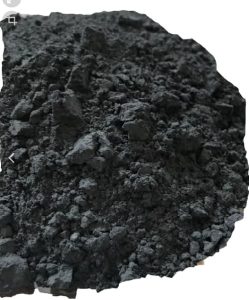
In general, this stone has been used in the historical buildings of Iran and as one of the most used stones in building construction, it has been effective in preserving the originality and beauty of these buildings.
Is this stone used in modern buildings?
Yes, basalt stone is also used in modern buildings. This stone is used in the construction industry due to its physical advantages and natural beauty. Some of the applications of basalt stone in modern buildings are:
• Exterior of buildings:
Basalt stone is used as one of the common stones in the exterior of buildings. Due to its dark color and natural beauty, this stone is effective in creating the beauty of buildings and maintaining their originality.
• Floor coverings and mosaics:
This stone is used to make floor coverings and mosaics. Due to its high resistance to wear and erosion as well as its natural beauty, this stone works well in creating durable and beautiful flooring.
• Internal structures of buildings:
This stone is used as one of the common stones in the internal structures of buildings such as stairs, walls and columns. Due to its high resistance to pressure and heat, as well as its natural beauty, this stone is very suitable for building internal structures.
• Green spaces:
Basalt is also used for landscaping green spaces. Due to its high resistance to wear and erosion, as well as its natural beauty, this stone works well in creating sidewalks, green spaces, and paving stones.
In general, basalt stone, as one of the most widely used stones in the construction industry, is also used in modern buildings.
Effects of basalt stone in the environment
Extraction, processing and use of basalt stone can have different effects on the environment. In the following, I will mention some of the environmental effects of basalt stone:
1. Air pollution
Basalt mining and processing can lead to air pollution. Some basalt stone mining and processing processes, such as transportation, crushing and grinding, can release dust into the air, which can be harmful to human health.
2. Water pollution
Using water to process this stone can lead to water pollution. Some basalt stone processing processes such as washing and cooling can cause water pollution and cause environmental problems.
3. Environmental destruction
The extraction of this stone can cause environmental damage. Considering that the extraction of basalt stone may cause the destruction of natural resources and the destruction of agricultural lands and forests, it can lead to environmental destruction.
4. Creating problems in the environment
The use of this stone in building and road construction may lead to environmental problems due to the consumption of fossil fuels, air, water and soil pollution, as well as problems caused by transportation.
In general, to reduce the environmental impact of stone, it is possible to use the methods of optimizing the extraction and processing processes, increasing recycling and reducing energy consumption. Also, the use of basalt stone by observing the environmental and economic criteria can reduce its environmental effects.
Basalt stone resistance
Basalt stone has a very high physical resistance due to its ingredients and mineral structure. Some of the resistance features of basalt stone are:
Compressive strength: The stone has a very high compressive strength and is able to withstand a lot of pressure. The amount of compressive strength depends on certain conditions such as humidity, temperature and type of failure, but the average amount of compressive strength of basalt rock is about 200-300 MPa.
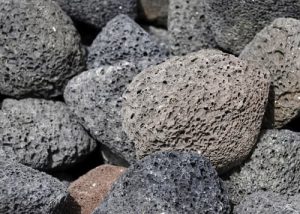
Bending resistance: The stone has high bending resistance and is able to withstand bending and compressive forces. The amount of bending strength depends on certain conditions such as humidity, temperature and type of fracture, but the average amount of bending strength of basalt stone is about 15-30 MPa.
Corrosion resistance: Basalt is resistant to corrosion due to the presence of minerals and is able to withstand biological and chemical agents.
Wear resistance: This stone has a high resistance to wear and erosion and can be used in situations where we need high resistance to wear.
Heat resistance: This stone has high heat resistance and can be used in situations where we need high heat resistance.
In general, because of its high physical resistance, basalt stone is used in various industries, including construction industry, road construction and heavy industries.
